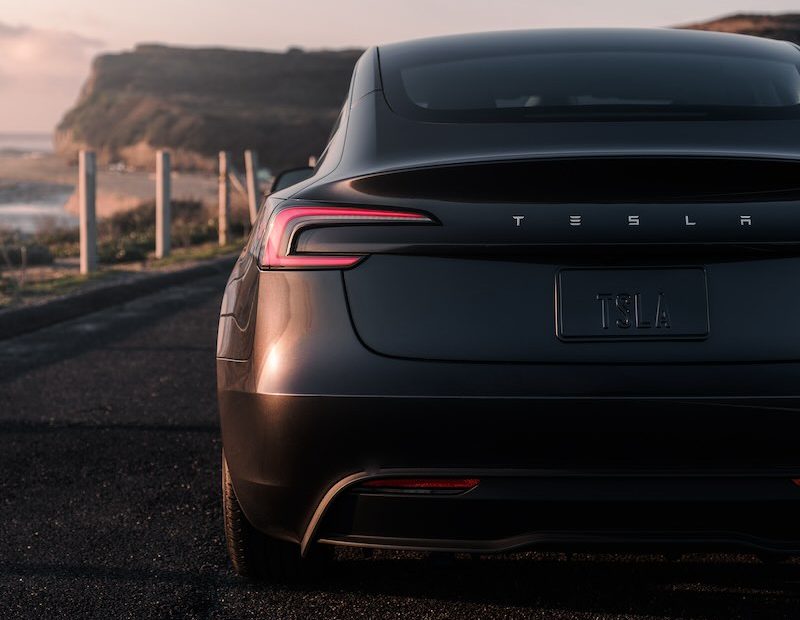Tesla, once primarily known for its electric vehicles, is rapidly transforming into a multifaceted technology company. Recent financial data and strategic moves suggest that Tesla is diversifying its revenue streams and investing heavily in artificial intelligence infrastructure, potentially reshaping its long-term business model.
Morgan Stanley’s Adam Jonas: “As Tesla continues to diversify away from the auto industry and towards the autonomous industrial complex (AIC), we wanted to highlight some interesting information that, while they didn’t grab any headlines, may be consequential over time.”
Tesla Energy Revolution: Adam Jonas Hails Q2 as First Positive Surprise of the Year
Tesla’s Services & Other revenue segment has shown remarkable growth, reaching $2.6 billion in Q2 2024. This represents 10.2% of the company’s total revenue for the quarter, a significant increase from previous periods.
Notably, while automotive revenues experienced a decrease, Services & Other revenues grew by 21% year-over-year. This growth is attributed to various factors:
- Increased non-warranty maintenance and collision services
- Higher used vehicle sales
- Expanding insurance services
- Growing Supercharging revenue
- Increased parts sales
As Tesla’s installed car population is projected to reach 24 million units by 2030 (a 24% CAGR from 2024 to 2030), these service revenues are expected to grow correspondingly. Moreover, the margins from after-sales services typically exceed those from initial vehicle sales, potentially boosting Tesla’s profitability.
Tesla’s revenue composition is undergoing a geographic shift, with China’s contribution expected to decline over time.
In Q2 2024, China accounted for 18.2% of Tesla’s total revenues. However, this percentage is projected to decrease, with forecasts suggesting China will represent only 10% of Tesla’s auto unit volume and 6-7% of total group revenue by 2030.
This shift may be influenced by geopolitical considerations, particularly regarding autonomous driving technology. The dual-use nature of embodied AI in vehicles raises national security concerns, potentially limiting Tesla’s ability to deploy advanced autonomous features in certain markets.
Tesla’s commitment to artificial intelligence is evident in its rapidly expanding AI infrastructure assets.
Tesla’s AI Infrastructure net assets stood at $2.5 billion in Q2 2024, a 63% increase from $1.5 billion at the start of the year. Additionally, the company reported $6.8 billion in ‘Construction in Progress’, which includes AI-related assets not yet in service.
This substantial investment in AI infrastructure signals Tesla’s strategic pivot towards becoming a leader in generative AI and embodied AI technologies. Investors are likely to scrutinize this growing asset base as Tesla provides more disclosure on its AI initiatives.
Tesla continues to accelerate its diversification strategy, it’s clear that the company is driving towards a future where its identity extends far beyond that of an automaker. With its expanding service offerings and significant AI investments, Tesla is positioning itself at the forefront of the autonomous industrial complex, promising an electrifying future for both the company and its stakeholders.
